“The drama unfolds: while the toad sings at the mouth of the Earthlord’s mountain cave,
the Earthlord’s daughters fluff cotton that will be transformed into rain clouds by a bolt of lightning. The scorpion’s spiny tail stings the lightning that attracts the rain and produces the flowering fields…”
The Florida Museum of Natural History
The Guatemalan highlands: once the core of the Mayan civilization, now home to spectacular ruins and an equally spectacular revival in weaving, wearing and trading huipiles. After first contact in 1519, writing systems in the region shifted more and more toward colonial Spanish, and with Mayan languages forced to retreat into increasingly peripheral spaces, symbols and significance began to take refuge in the warp and weft of woven textiles. Like clandestine prayers to the Indian saints that shelter under floorboards in numerous Catholic churches, these garments continue to hold together the elements of a vital and resilient cosmology.
Traditionally made out of cotton strips produced on a back-strap loom, the huipil is the polychromatic centerpiece of Mayan ‘traje’ or dress. Huipiles are made on the loom-equivalent of a hammock: a weaver creates the tension for her loom by fastening one end to a tree or a pole and leaning back into a supportive belt around her waist. In this way the loom travels with her body allowing her to easily switch tasks or leave and take the weaving with her. Weaving in Guatemala isn’t the kind of bind that ties a woman to the house – instead her mobility is echoed in the resonance between traje and the sustained ideal of egalitarian relations within a Mayan community.
Whether worn for weddings, parades, or to market as an everyday statement of regional identity, huipiles form a means of communicating a mixture of locality, personal taste and pride in a cultural history which stretches all the way back to ancient Maya. Centuries of repression and decades of civil war has done little to obliterate the secret knowledges woven and stitched into huipiles and the corresponding cotton shirts (often shop-bought) and trousers worn by men. The color palette and significance of the radiating symbols woven or densely embroidered into these cape-like blouses has only strengthened through years of adaptation. Named after a deity who wove the universe into existence, and produced in collaboration with Mayan artisans, Jaguarundi’s contemporary range of huipil-inspired “Roki” bags embody this principle.
Some of the oldest surviving huipils still belong to families who reserve them for celebratory or sacred occasions and use them as reference for newly revived designs. Others are held by museum collections. In Guatemala huipils are worn by a new generation, and feature at pageants and contests such as National Indian Queen. Preferences are constantly evolving, and the “latest in traditional fashion” often involves reviving an old design from decades ago and transforming it into new, more elaborate forms.
The iconography of early huipiles references characters and myths that rotate through ecological spheres and relationships. Perhaps this aesthetic reflects the need to respect and adapt to a lively and at times ferocious natural environment. Even in a relatively peaceful political climate the mountains assert their presence. Guatemala stretches between the Caribbean Sea and the Pacific Ocean making it a target for hurricanes, and the country’s highlands lie on the Montaua Fault between two continental plates. Mayan Store director and designer Diego Olivero reflects on these volcanoes as a personal life-force, and source of the explosive hot power behind the radiating colors which pulse through indigenous traje. Sometimes a huipil is considered so powerful that it can only be worn by the statues of saints, who reveal their designs by sneaking into weaver’s dreams.



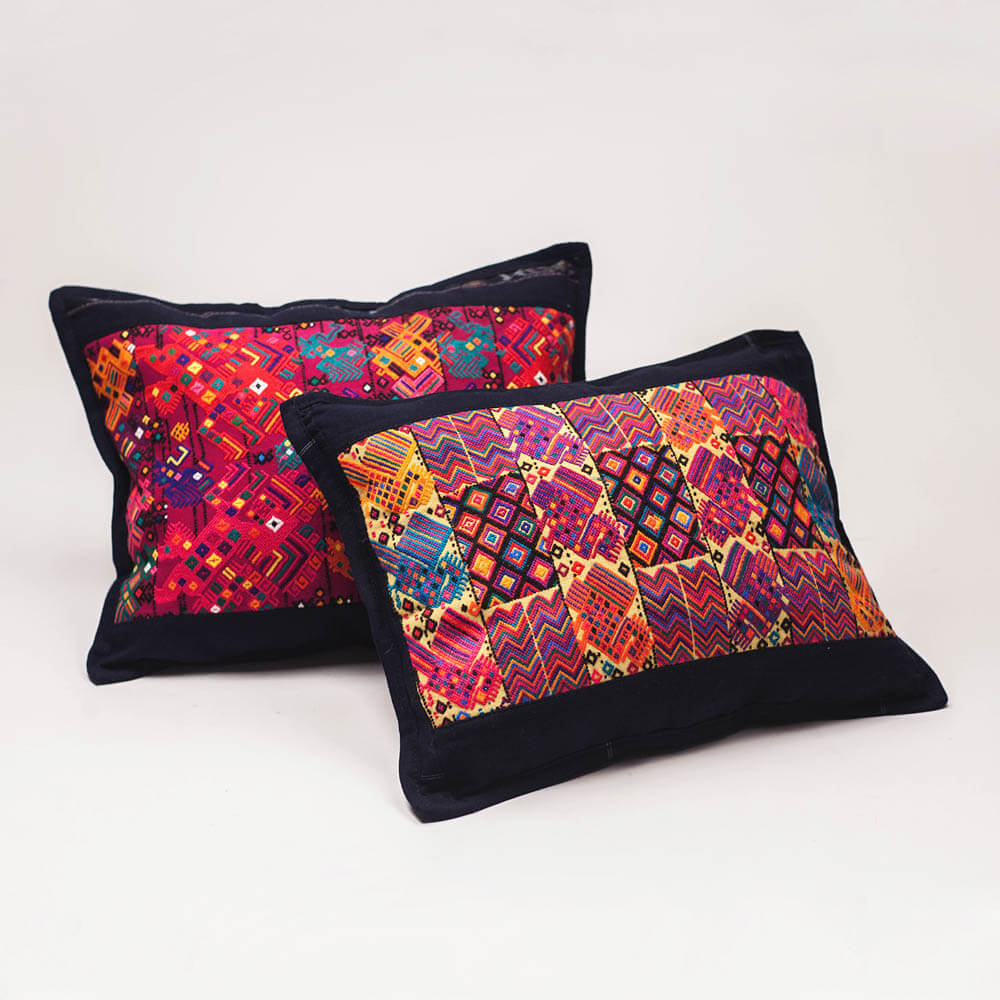
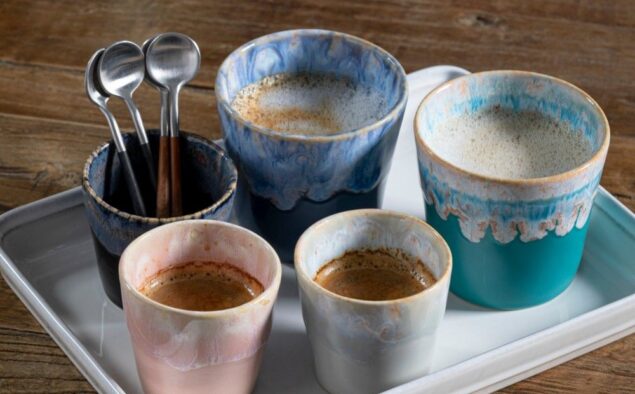
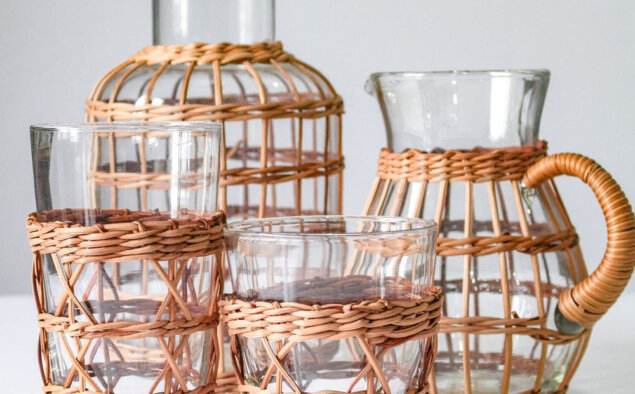
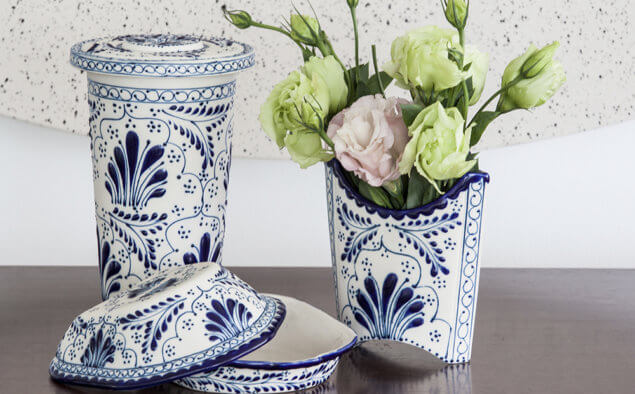


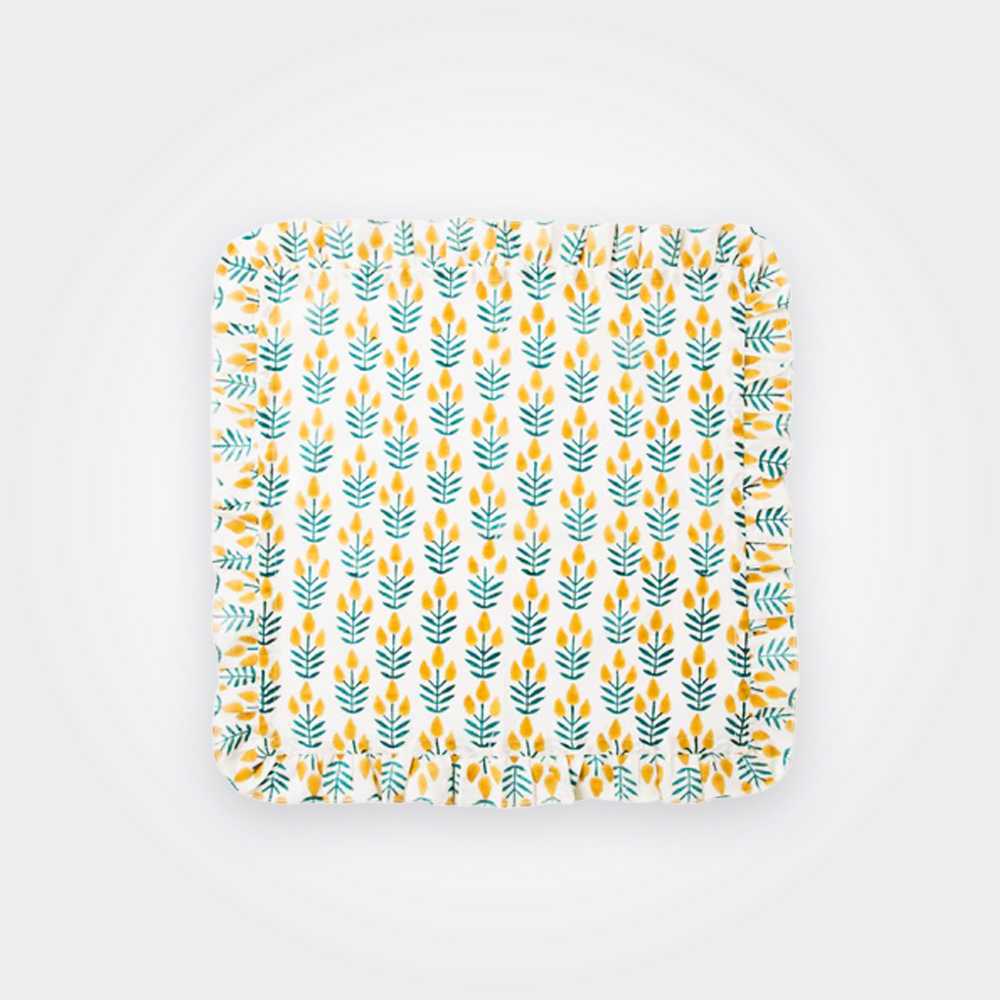
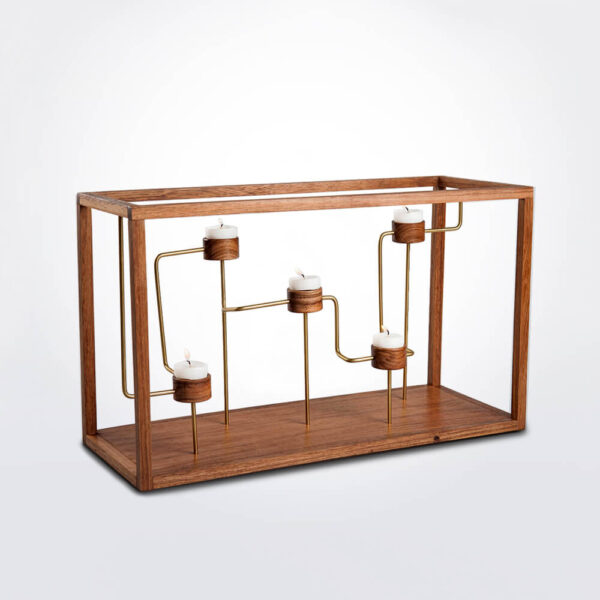
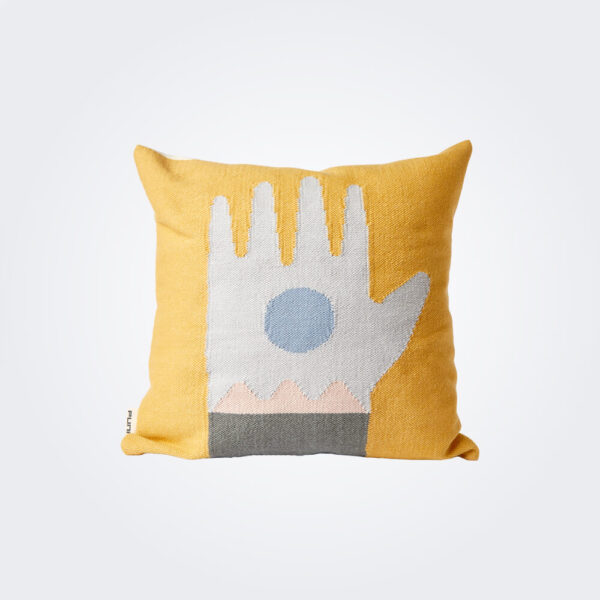
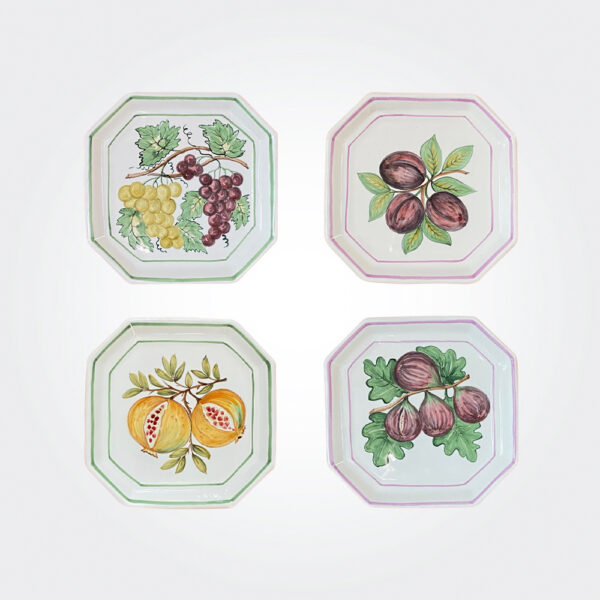
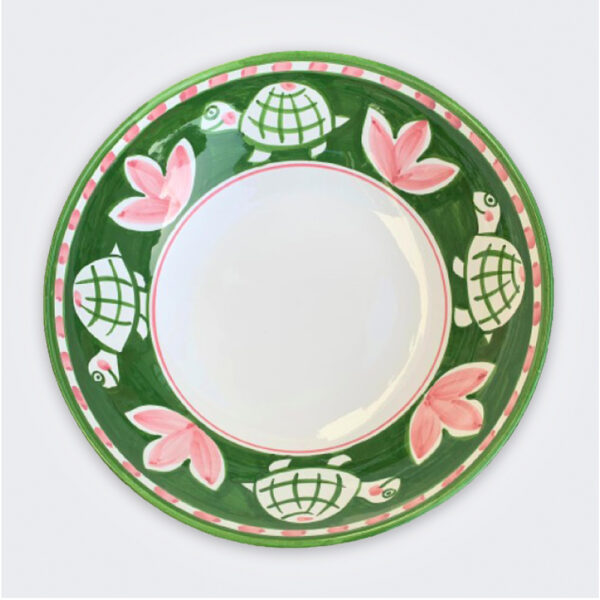
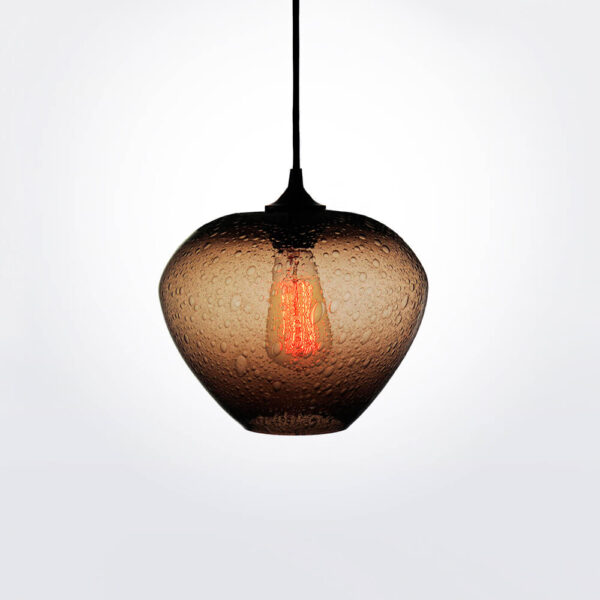
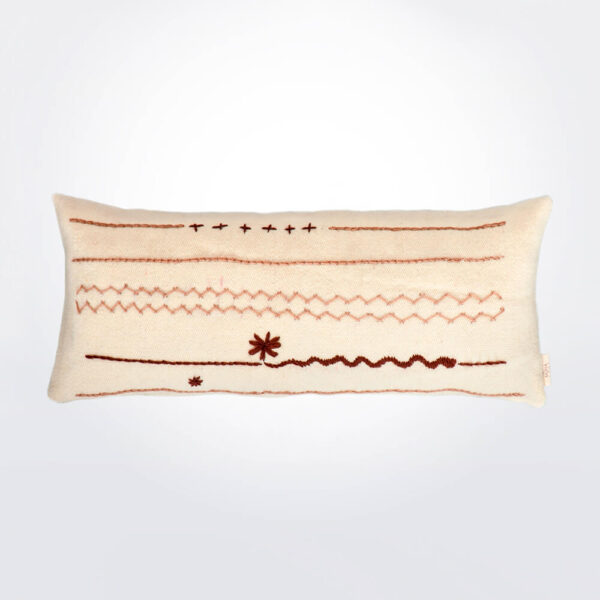
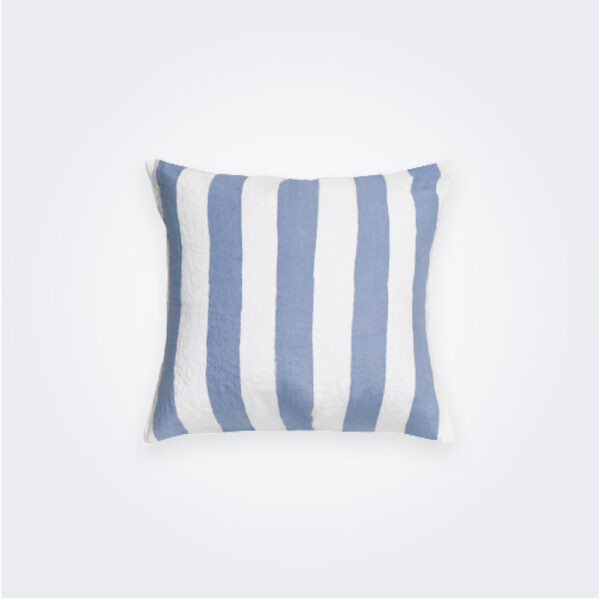
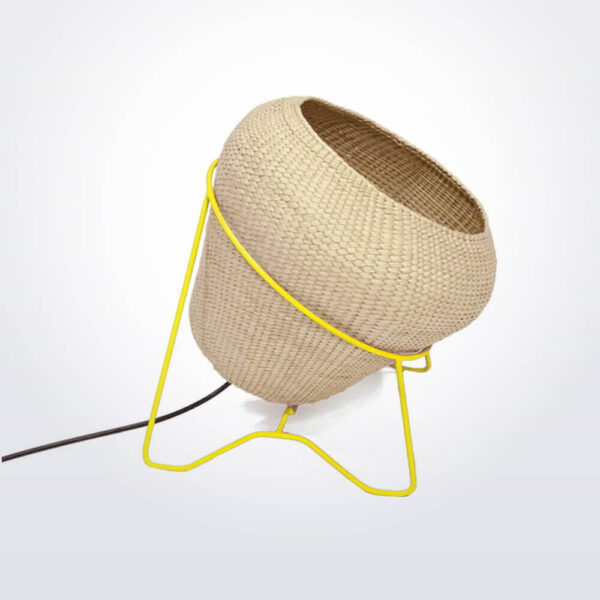
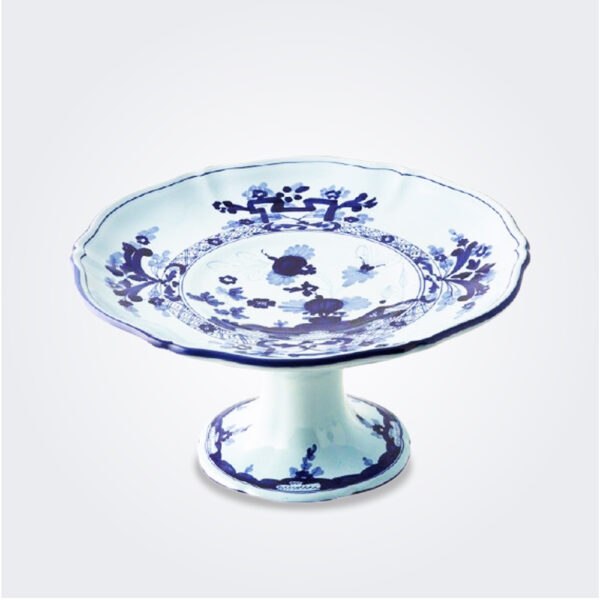
leave a comment